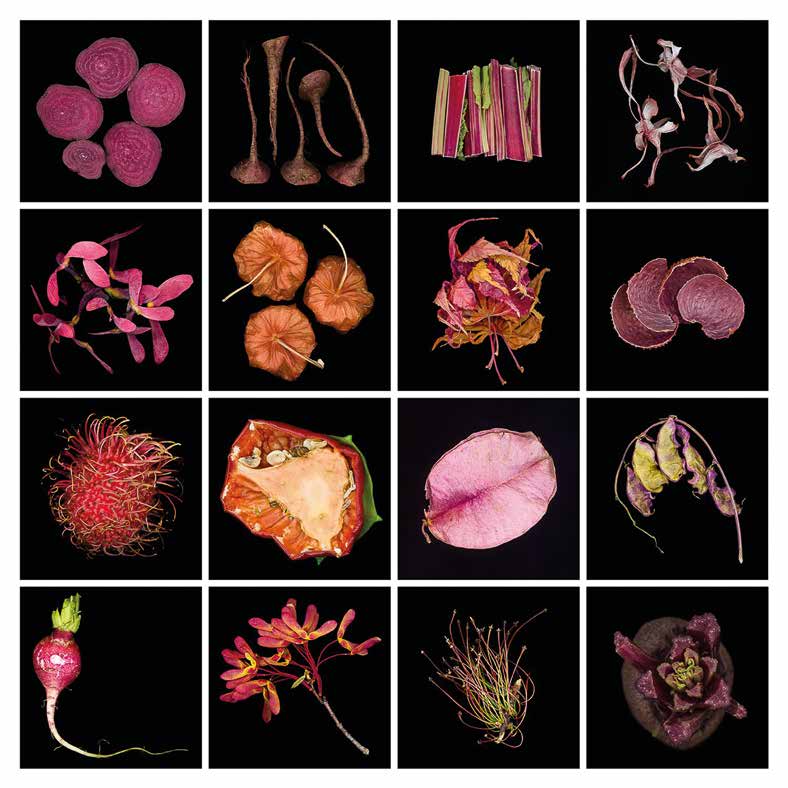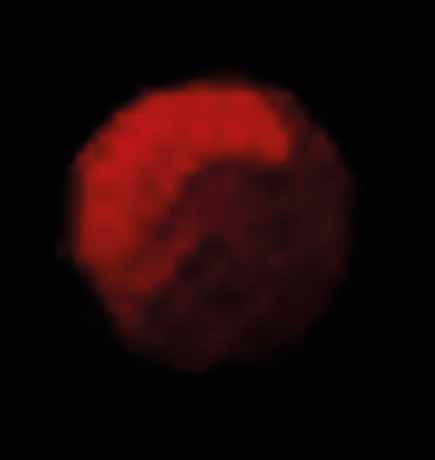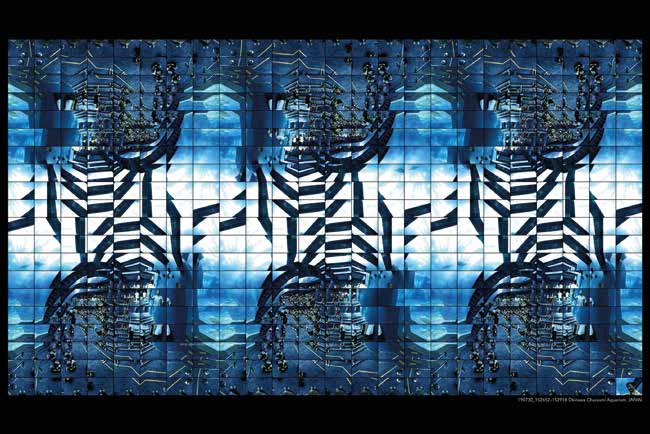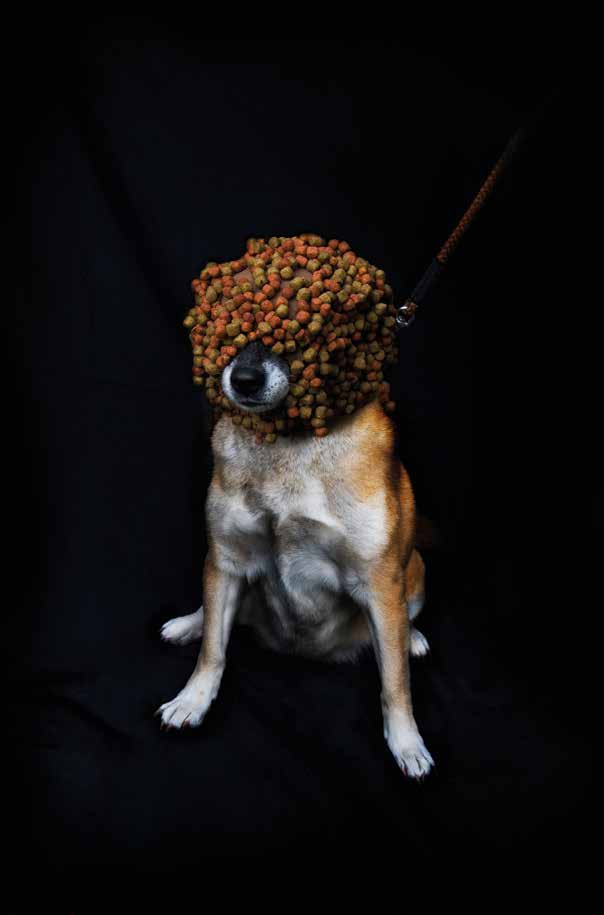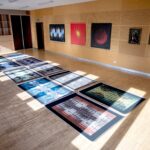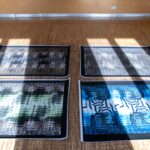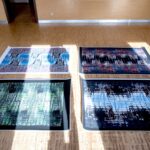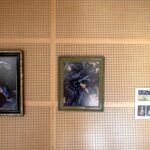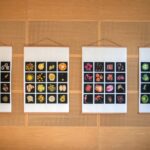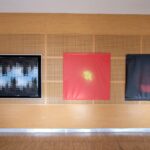Q
Q
Q
Kurator | curator: Naoya Yoshikawa
artyści | Künstler:innen | artists: Aya Takashima (1969), Daisuke Iwamoto (1979),
Masaru Nakamoto (1964), Naoya Yoshikawa (1961)
miejsce | Ort | place: Sala Taneczna | Tanzsaal | Dancing Room,
Słubicki Miejski Ośrodek Kultury SMOK, ul. 1 Maja 1, Słubice
Aya Takashima, Masaru Nakamoto i Naoya Yoshikawa są zarówno artysta – mi, jak i pedagogami. Ponadto Yoshikawa wyniósł wiele doświadczeń ze Stanów Zjednoczonych. Natomiast ostatni z arty – stów biorących udział w wystawie, Daisu – ke Iwamoto, od dawna mieszka w Niem – czech. Japońska edukacja w zakresie sztuk wyzwolonych w głównej mierze była wzorowana na niemieckiej, ale w ciągu ostatnich 100 lat została wzbogacona i rozwinięta. Jednak zwyczajny japoński system oparty na tradycji i relacji na – uczyciel–uczeń nie zawsze odnosił suk – cesy w dziedzinie edukacji artystycznej. Wspólną cechą czterech wymienionych artystów jest to, że oprócz japońskiego wykształcenia artystycznego mieli kon – takt z zagranicznymi wiatrami. Artyści ci w swojej twórczości opierają się na warsztacie i rozumieniu przestrzeni oraz jej percepcji ukształtowanej przez trady – cję i japońskie rzemiosło, ale także dają wyraz swej indywidualnej wrażliwości ukształtowanej przez prądy zagraniczne. Na tej wystawie ta mieszanina została wstępnie nazwana Q. Q jest enigmatyczne, Q musi jeszcze zde – finiować swoje znaczenie, a fotograficzna ekspresja ukryta w pracach czterech ja – pońskich artystów będzie nadal rozwijać się bez zdefiniowania.
Naoya Yoshikawa
Aya Takashima, Masaru Nakamoto und Naoya Yoshikawa sind sowohl Künstler, als auch Pädagogen. Yoshikawa hat darü – ber hinaus vielfältige Erfahrungen in den USA gesammelt. Ein weiterer Künstler in dieser Ausstellung, Daisuke Iwamoto, hat lange Zeit in Deutschland gelebt. Japans geisteswissenschaftliche Grund – ausbildung wurde nach deutschem Vor – bild gestaltet, aber in den letzten 100 Jahren bereichert und weiterentwickelt. Das traditionelle japanische System von Lehrer-Lehrling und Tradition hat sich jedoch im Bereich der Kunsterziehung nicht immer bewährt. Was diese vier Künstler gemeinsam haben, ist, dass sie neben ihrer japanischen Kunstausbil – dung auch ausländischen Einflüssen ausgesetzt waren. Der Ausdruck dieser Künstler basiert auf ihren Fähigkeiten und ihrem Verständnis des Raums und seiner Wahrnehmung, die von der tradi – tionellen japanischen Handwerkskunst geprägt sind, aber sie vermischen ihre Persönlichkeiten auch mit den Einflüs – sen ihrer Kunstausbildung außerhalb Ja – pans. In dieser Ausstellung werden diese Mischungen versuchsweise Q genannt. Q ist rätselhaft, Q hat seine Bedeutung noch nicht definiert, und der in den Werken der vier japanischen Künstler verborgene fotografische Ausdruck wird sich weiter entwickeln, ohne definiert zu werden.
Naoya Yoshikawa
Aya Takashima, Masaru Nakamoto and Naoya Yoshikawa are both artists and ed – ucators. Yoshikawa has also had a variety of experiences in the U.S. Another artist in this exhibition, Daisuke Iwamoto, has for a long time lived in Germany. Japan’s basic liberal arts education was modelled after the German one, but over the past 100 years, it has been enriched and developed. However, the traditional Japanese system of teacher-apprentice and custom has not always been suc – cessful in the field of art education. What these four artists have in common is that they have been exposed to foreign winds in addition to their Japanese art educa – tion. The expression of these artists is based on their skills and understanding of space and its perception formed by traditional Japanese craftsmanship, but they also mix their personalities with the winds from their art education outside of Japan. In this exhibition, these mixtures are tentatively named Q. Q is enigmatic, Q has yet to define its meaning, and the photographic expres – sion latent in the works of the four Japa – nese artists will continue to develop with – out being defined.
Naoya Yoshikawa
